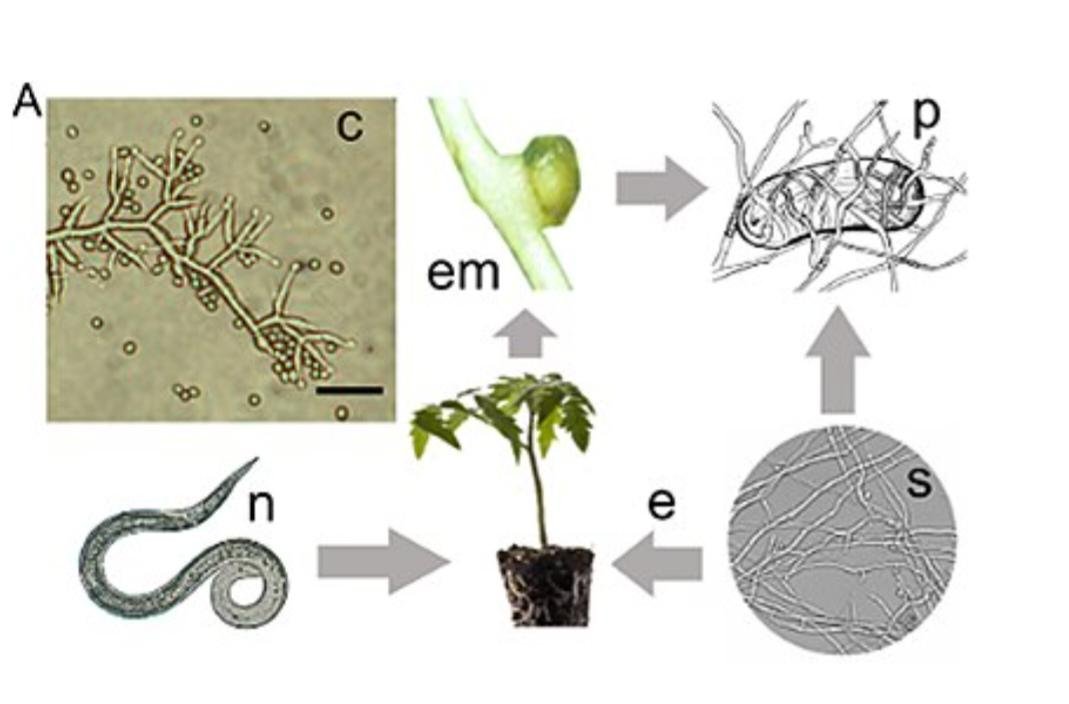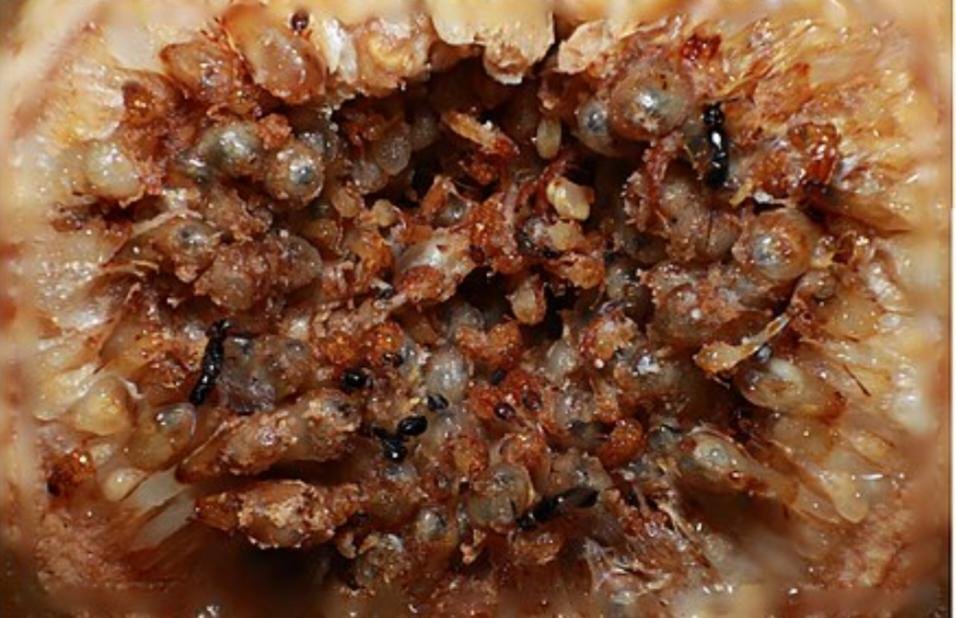Table of contents of the article
ToggleFig nematodes cause serious health problems for fig trees, causing them to become weaker and less productive. In this article on your website, World of Plants, we will discuss how to prevent and treat.
Introduction to fig nematode disease
Fig nematode disease: This disease is one of the serious diseases that may affect the fig tree, cause growth problems for the tree, and lead to its complete death.
Causes of fig nematode disease
Nematodes are the main cause of this disease, and they feed on plant roots and cause damage to them.

Symptoms of fig nematode disease
This disease causes burrs or knots on the tree's roots from the above-ground portion, and the tree becomes stunted and unhealthy.
- The xiphoid nematode causes ulcers and tubercles at the end of the roots
- The color of the roots changes to reddish-brown, and as the infection progresses, their color becomes dark
- As for root-knot nematodes, they show symptoms in the form of knots and swellings on the roots, and all of these types together cause trees to become weak and stunted.

Methods of treating fig nematodes
This disease is one of the diseases that is difficult to treat if it is infected, but it is preferable to use more fertilizers to help grow new roots to provide food for the tree.
Prevention and treatment of fig nematode disease
- Regular irrigation of young fig trees to help them grow healthily, especially in areas with dry climates.
- Preserving the soil from weeds and maintaining moisture for the roots.
- Prune regularly during the dormant season, removing all dead or diseased branches to encourage new growth.
- Add nitrogen fertilizer to trees that suffer from poor growth.
- Irrigated plants are the most susceptible to infection with this disease, so this disease is one of the most widespread diseases in nurseries, as infected trees decline in growth and become stunted. There are three types of nematodes:
- Dingal nematodes, root-knot nematodes, and root-decomposing nematodes
In conclusion, we would like to note that we, at the world of plants website, offer you all the necessary services in the world of plants, we provide all farmers and those interested in plants with three main services::-
- Artificial intelligence consulting service to help you identify diseases that affect plants and how to deal with them.
- Blog about plants, plant diseases and care of various crops ... You are currently browsing one of her articles right now.
- An application that provides agricultural consultations to clients, as well as a service for imaging diseases and knowing their treatment for free – Click to download the Android version from Google Play Store، Click to download the IOS version from the Apple App Store.
Sources.
Fighting Fig Tree Diseases: A Guide to Diagnosis and Treatment – minnetonkaorchards
Controlling plant-parasitic nematodes: innovative strategies for more resistant farms in Egypt - numumarket




